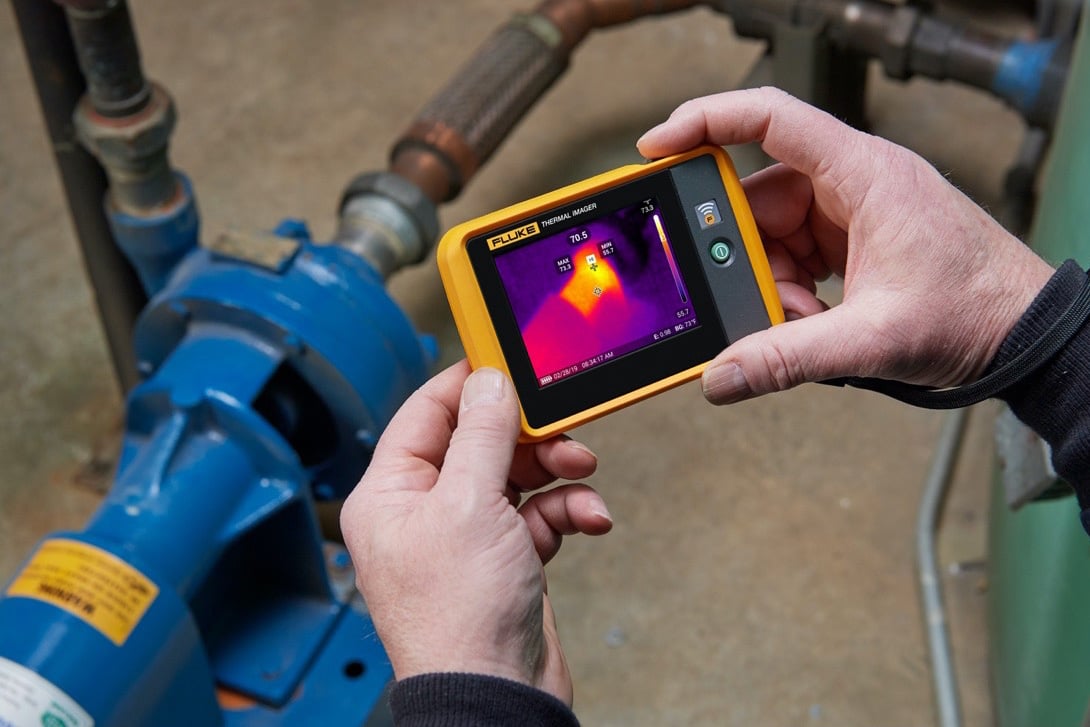Cutting-edge Solutions for Early Detection of Water Leakages in Structures and Infrastructure
As the honesty of buildings and infrastructure is critical, the obstacle of very early discovery of water leakages has actually spurred ingenious services that promise to transform the way we safeguard against potential problems. From cutting-edge leakage detection technologies to the deployment of IoT sensing units for real-time monitoring, the landscape of leak prevention is developing swiftly. Machine discovering algorithms supply a peek into the future of leak forecast, while thermal imaging offers a non-intrusive method for identifying covert leaks. Automated water flow analysis systems are reshaping how leakages are determined and addressed, leading the way for a proactive strategy to water leak discovery. Each of these remedies holds the crucial to ensuring the integrity and longevity of our developed environment, motivating a shift towards a much more sustainable and effective future.
Advanced Leak Detection Technologies
Advanced leakage discovery innovations, geared up with sophisticated sensors and formulas, play a critical role in swiftly identifying and determining water leaks in different settings. These technologies use a combination of acoustic, thermal, and electromagnetic noticing techniques to identify leaks properly. Acoustic sensors detect the sound of running away water, allowing for accurate localization of the leakage source. Thermal imaging finds temperature modifications created by water leakage, supplying another reliable approach for leakage recognition. Electromagnetic sensing units can identify adjustments in electro-magnetic fields created by water, using yet another layer of leakage discovery ability.

IoT Sensors for Real-Time Surveillance
In the world of modern water leakage discovery, the integration of IoT sensing units for real-time surveillance stands for a pivotal development in enhancing aggressive leakage discovery abilities. These sensors provide constant tracking of water systems, supplying real-time data on water flow prices, pressure variants, and temperature adjustments. By leveraging IoT innovation, these sensing units can find even the smallest abnormalities in water usage patterns, making it possible for very early identification of possible leaks prior to they intensify into significant problems.
IoT sensors send data to a centralized platform, where innovative formulas assess the information and generate notifies or notifications when abnormalities are spotted. This real-time surveillance ability allows residential property owners or center supervisors to quickly resolve leakages, minimizing water damages, reducing repair service prices, and saving water resources.
Additionally, IoT sensors can be integrated with building management systems, permitting computerized feedbacks to spotted leaks, such as closing off water valves or activating pumps to reduce the influence of leakages. In general, the implementation of IoT sensing units for real-time monitoring substantially improves the performance and efficiency of water leak detection in structures and infrastructure.
Equipment Understanding Algorithms for Leakage Forecast

One secret benefit of making use of artificial intelligence for leakage prediction is its capacity to constantly learn and enhance its precision over time. As even more information is accumulated and fed right into the formula, it can fine-tune its predictions and adapt to altering problems, ultimately boosting the reliability of leak discovery systems.
Additionally, machine understanding formulas can help in determining refined signs of leakages that may go unnoticed by standard tracking techniques. water leak detection. By examining complex click to find out more data embed in real-time, these algorithms can offer early warnings and notifies, permitting punctual intervention and preventive maintenance to minimize prospective water damage check my source and linked prices
Making Use Of Thermal Imaging for Leak Detection
Thermal imaging innovation supplies an encouraging method for discovering water leaks in various systems and facilities. By making use of infrared radiation and temperature variations, thermal imaging cameras can identify surprise leaks that are not quickly visible to the nude eye.
Among the crucial advantages of thermal imaging for leak discovery is its non-intrusive nature. Unlike standard techniques that may call for getting into walls or floorings to situate leakages, thermal imaging permits non-destructive testing. This not just saves time and minimizes expenses but likewise minimizes disturbance to the structure or facilities being assessed. Furthermore, thermal imaging can swiftly check large areas, supplying a comprehensive summary of possible leak resources in a timely manner. On the whole, making use of thermal imaging technology improves the effectiveness and precision of water leakage detection, making it a useful device for maintaining the stability of structures and infrastructures.
Automated Water Flow Analysis Systems
How can computerized water flow analysis systems transform the detection and management of leakages in numerous systems and frameworks? Automated water circulation analysis systems provide a proactive technique to leakage detection by continuously keeping an eye on water flow prices and patterns. By developing baseline data, these systems can swiftly recognize discrepancies that might show a leak, making it possible for timely treatment to avoid substantial damage.
These systems utilize innovative algorithms to assess real-time data and offer prompt alerts when abnormalities are found, permitting quick activity to be taken. Additionally, automated water flow evaluation systems can be integrated with structure administration systems or IoT platforms, enhancing general performance and enabling remote surveillance capacities.
Furthermore, the information accumulated by these systems can be used for predictive maintenance functions, aiding to recognize prospective powerlessness in the facilities before leakages take place. Generally, the application of automatic water flow evaluation systems can dramatically boost leakage detection and monitoring methods, ultimately leading to set you back financial savings, reduced water wastage, and enhanced sustainability in structures and facilities.

Conclusion
In final thought, the combination of advanced leakage detection innovations, IoT sensing units, maker learning go now formulas, thermal imaging, and automatic water flow evaluation systems provides ingenious remedies for early detection of water leakages in structures and infrastructure. These modern technologies enable real-time surveillance, prediction of leakages, and reliable detection techniques to avoid water damage and wastage. Carrying out these services can help in preserving the integrity and sustainability of water supply in various settings.